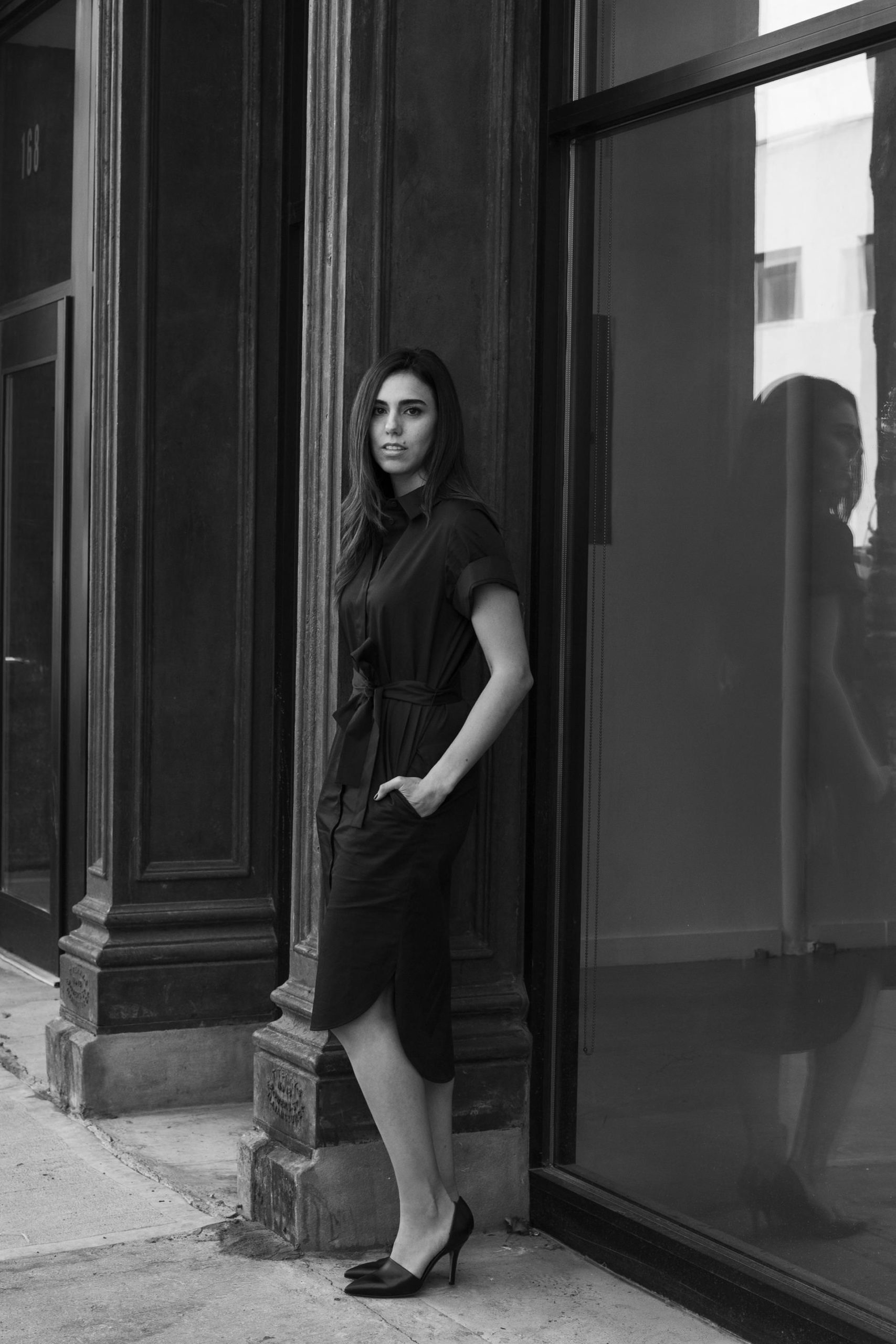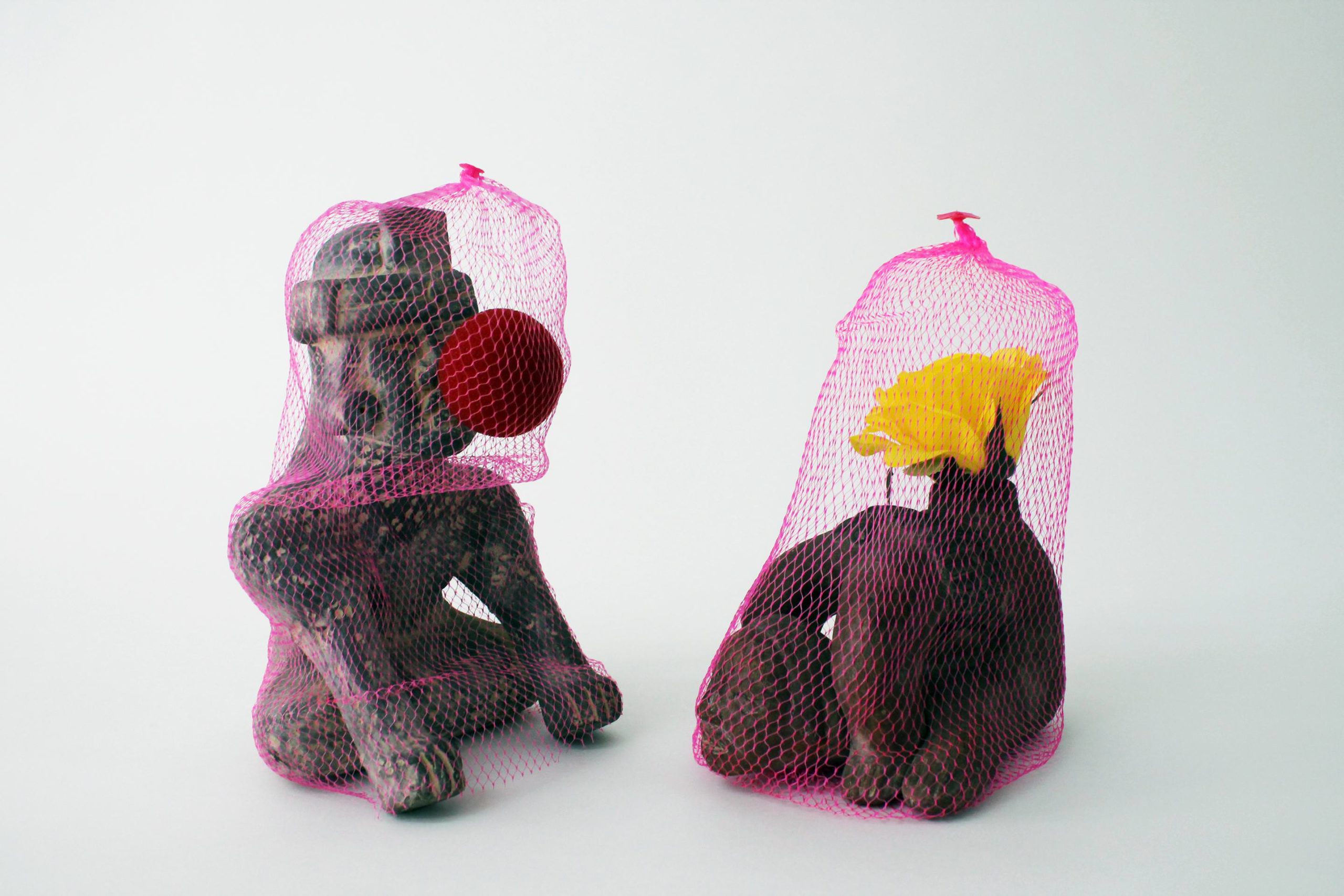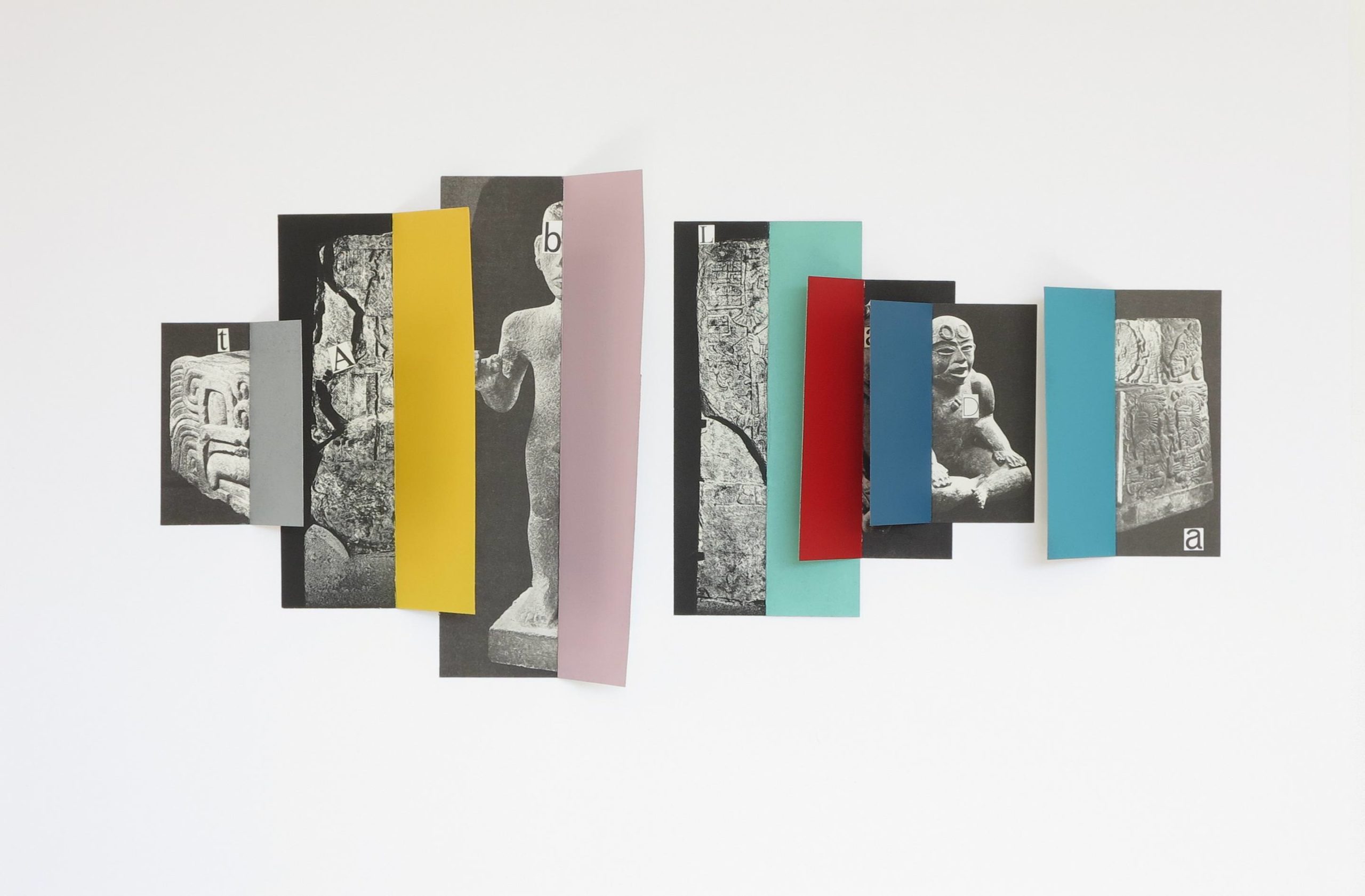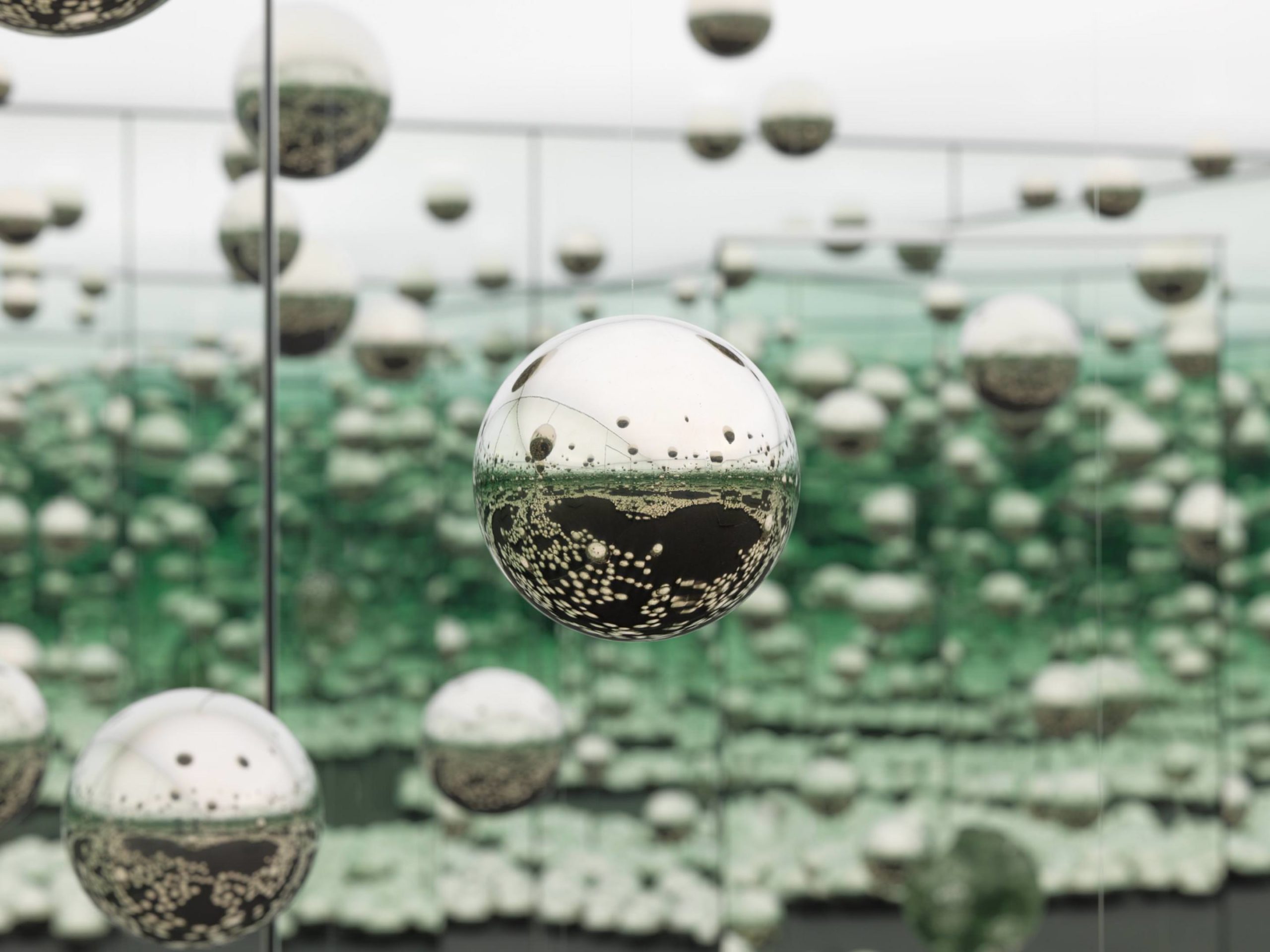Last fall, PROXYCO opened on the Lower East Side. Devoted to representing and showing artists from Latin America, the new gallery is a collaboration between Alexandra Morris, Laura Saenz, and the architect Enrique Norten. The inaugural exhibition, “Talon Rouge,” invited six Mexican artists to engage with the legacy of José Juan Tablada, a Mexican poet, artist, and diplomat from the early 20th century who lived in New York for nearly 20 years. Curated by Daniel Garza Usabiaga, the multimedia show featured the work of Verónica Gerber Bicecci, Javier Hinojosa, Ivan Krassoievitch, Edgar Orlaineta, Marco Rountree, and Fabiola Torres-Alzaga. Focused on a cross-cultural and generational dialogue, it set a deliberate tone for PROXYCO’s future programming.
Days before the opening, Whitewall sat down with founder Morris to learn more about her intention of promoting Mexican and Colombian emerging and midcareer artists.

Portrait Courtesy of PROXYCO Gallery, New York
WHITEWALL: What kind of gallery did you envision for PROXYCO?
ALEXANDRA MORRIS: It was important for us to have a space that could exhibit contemporary Latin American artists for the long run. For us, it was important that it wasn’t a pop-up. We didn’t want it to be a trend. I feel that a lot of people are saying that Latin American art is so trending now. But we envision this as being here to stay. The artists deserve it, of course. And they will be part of art history in the long run.

Ivan Krassoievitch
Poemas Sinteticos Crepusculo
2017
Courtesy of PROXYCO Gallery, New York
WW: Do you have a focus within the Latin American context?
AM: Well, Mexico, obviously, because I’m Mexican and I know the area. Colombia, as well, because Laura [Saenz] is Colombian. We feel there is a compatibility there. There are a lot of Colombians in the arts coming to Mexico—artists, designers, jewelry makers . . . We thought, “Why don’t we explore this further?”

Verónica Gerber Bicecci
Otro día, El Pavo Real
2017
Courtesy of PROXYCO Gallery, New York
WW: You opened the show by asking six artists to react to and engage with the work and life of José Juan Tablada. Can you tell us about what kind of cultural figure he was?
AM: It was really exciting for me to get to know Tablada and read his poetry, to see his avant-garde writings and get to know him as a person and what he did specifically here in New York. He was really multicultural, way back in the 1900s. He traveled to Japan. A Mexican in Japan—that’s amazing for the time. He came to New York and promoted Mexican art. He was really this champion, a very admirable cultural promoter, artist, and poet. There was a lot to be inspired by.

Marco Rountre
Sans Titulo
2017
Courtesy of PROXYCO Gallery, New York
WW: And how did the artists react to Tablada’s legacy?
AM: Verónica [Gerber Bicecci] chose this poem by Tablada that is divided by the morning, the afternoon, dusk, and night. She went to the original printed book and she measured the pages exactly. She took his haikus [which he brought over from Japan] and brought them up to date, in a sense. They are beautifully written about nature. And nature is in great danger right now, so she thought, “Why don’t we talk about that instead?” She rewrote these haikus in her perspective of what’s happening. Tablada made these beautiful drawings within circles on each page. Instead of putting that exact drawing, she grabbed images from the Voyager that went into space and took all these amazing images of Earth as a time capsule at that moment. She used those and on top of them drew what Tablada referred to.
WW: How does this show set the tone for future programming?
AM: These kinds of exhibitions are not only stunning, but you learn so much and the public learns so much. This connection from the past to the future, to offer a panorama, is so interesting. But they are very charged with information, and I think we have to space them out somewhat. I’m an art historian, so for me it’s fascinating to do exhibitions like these.
WW: You’re launching a gallery in 2017, when the model of the gallery is being reimagined or challenged. Why did you choose the Lower East Side, and how do you hope to get people into the space? Why did you launch your site without listing the artists you represent?
AM: There is so much access to things online, but I still get the feeling from my personal clients that people not only want to be in the space where the art is, but want to be in a space where an idea like this is. People want to meet Daniel or talk with Laura and be part of what’s being created here. At the end of the day, it’s a business and a commercial one, but we also want it to be a space where people can come and talk about art and ideas.
In terms of artist representation, we want it to be very organic. We need to understand what the artist wants and what we want. And we will start growing that way. We’ll get to see and understand what works for us.
“A Room is Made Up of Other Spaces” is currently on view at PROXYCO.






